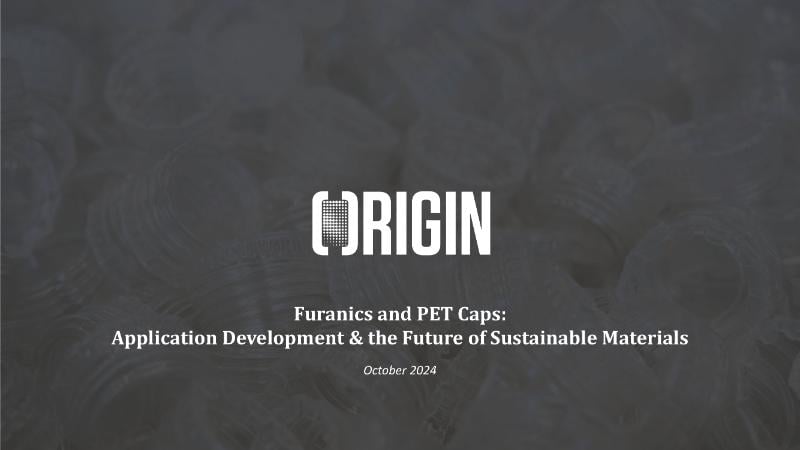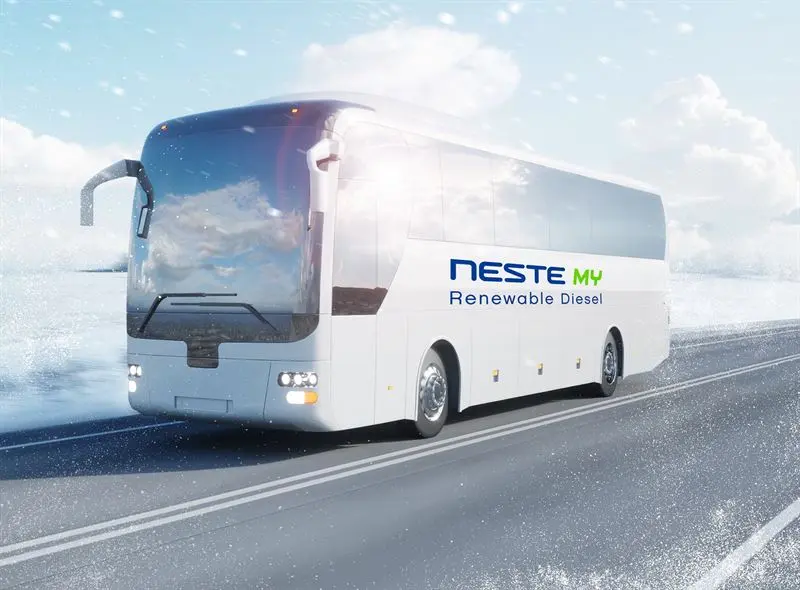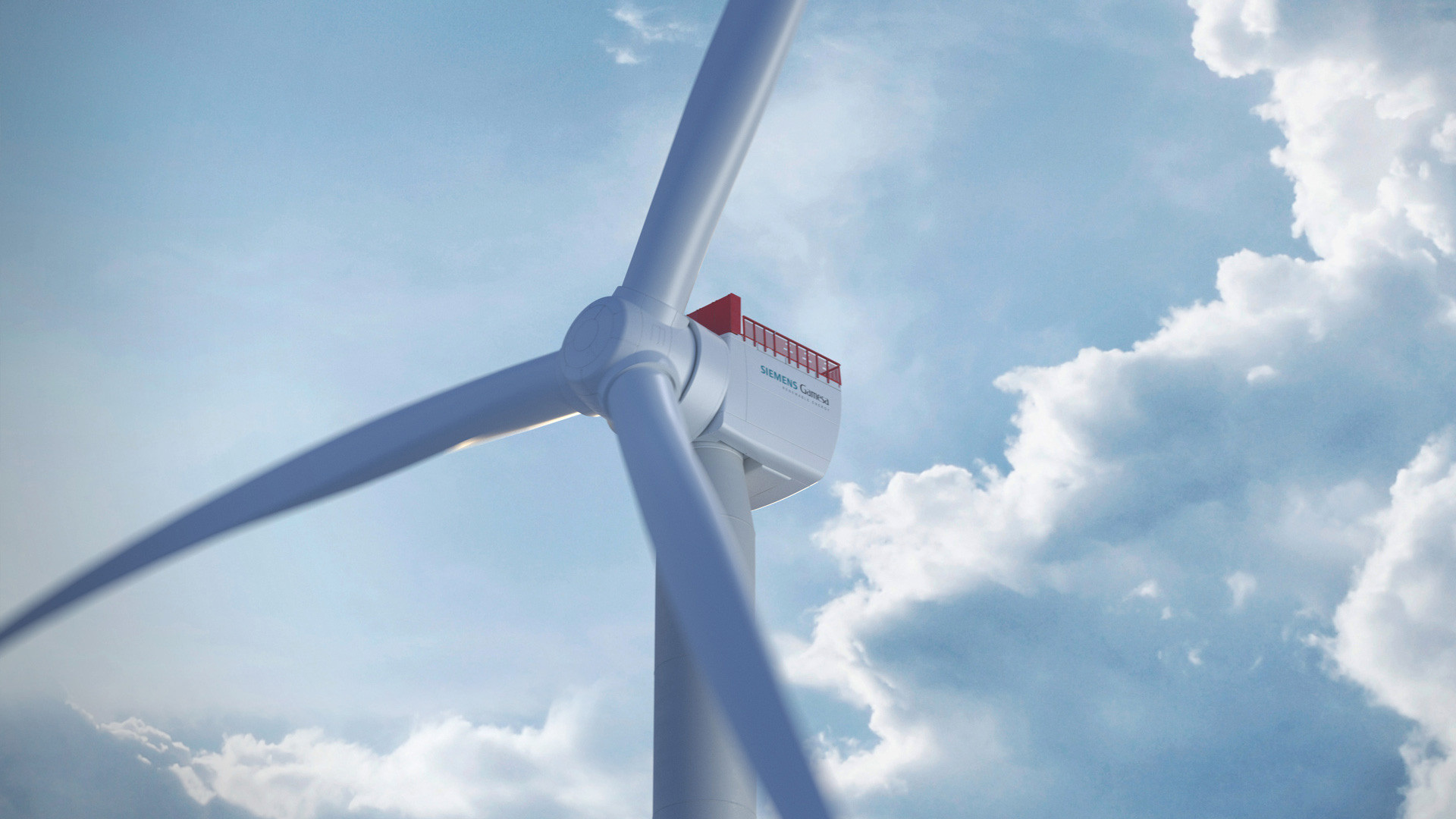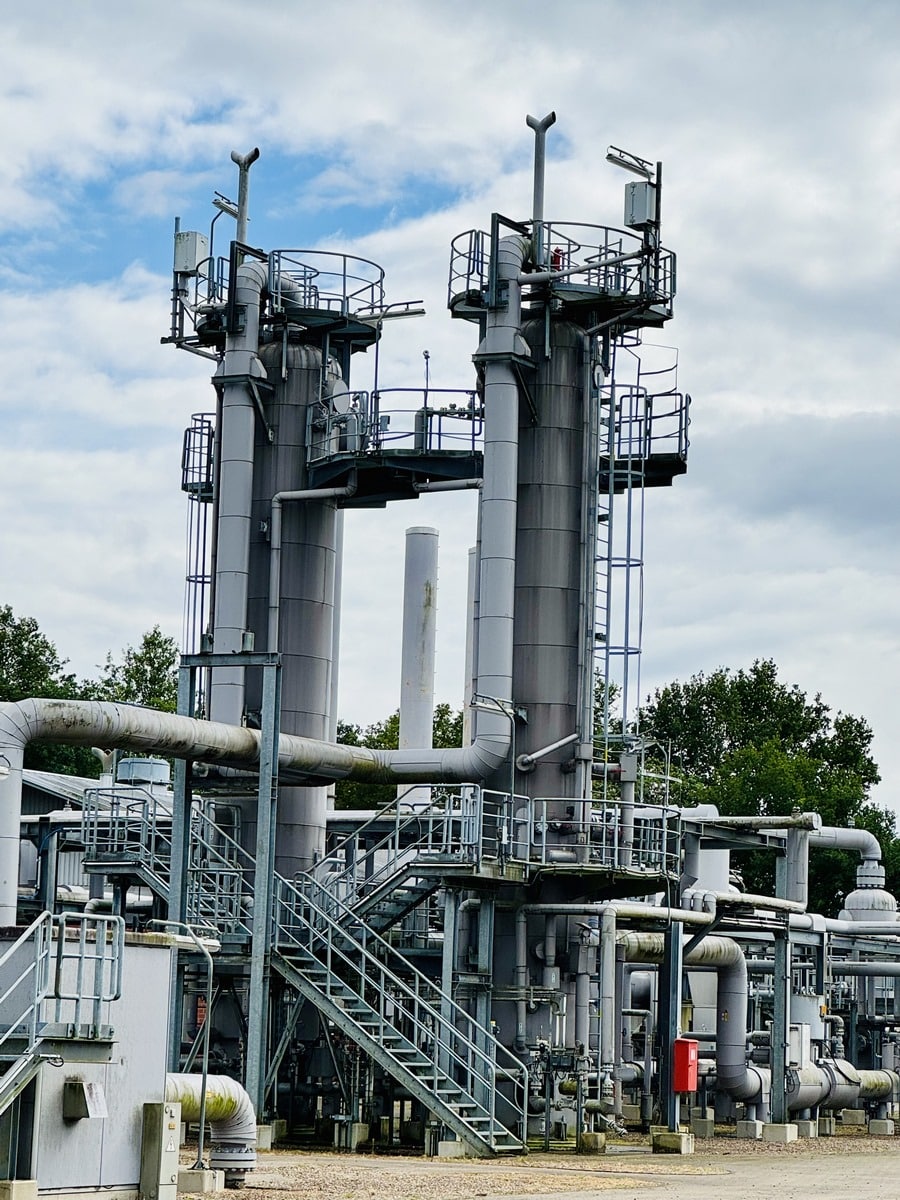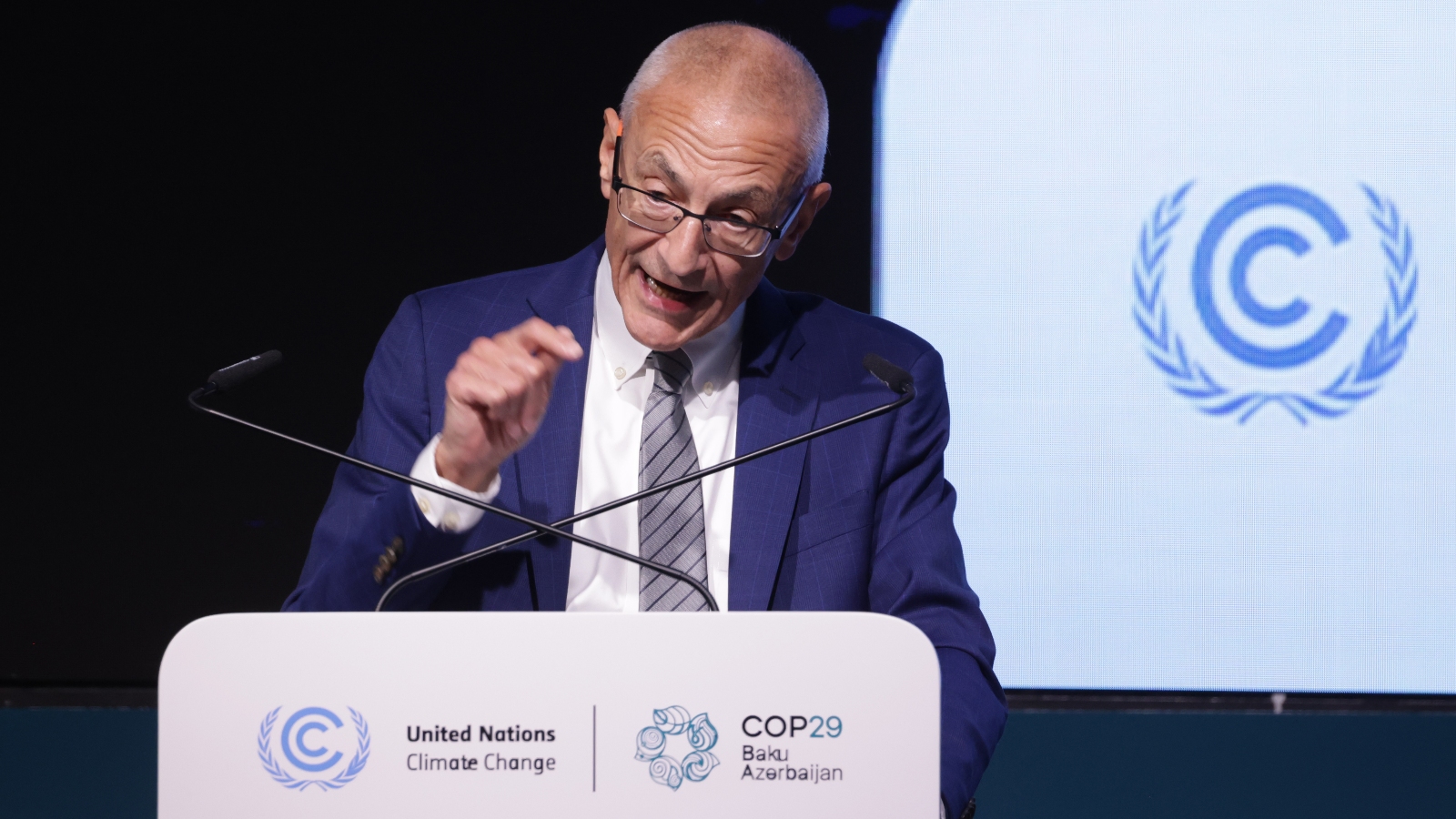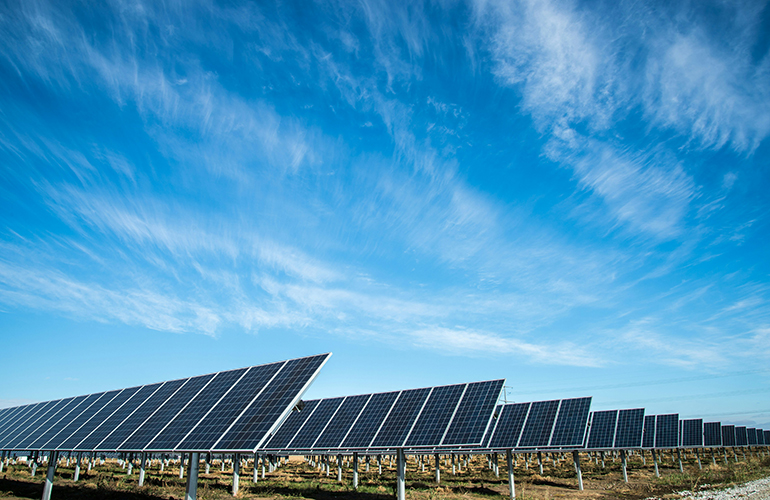
Delta’s industry leading full-court press on Sustainable Aviation Fuel continues at Midwest Hubs.
For the first time in both Minnesota’s and Michigan’s aviation history, sustainable aviation fuel (SAF) has arrived via pipeline to two Delta hubs, Minneapolis-St. Paul International Airport (MSP) and Detroit Metropolitan Airport (DTW). The two 7,000+-gallon shipments of SAF were made from Minnesota and North Dakota-grown winter camelina1 as part of Delta’s work with the Minnesota SAF Hub coalition.
The power of the Minnesota SAF Hub and the value of invested partnerships were on full display, as the network of both coalition members and outside partners came together across the value chain to work together to ultimately deliver SAF to MSP and DTW:
- Cargill worked with Minnesota and North Dakota growers last fall to plant 2,000 acres of winter camelina, which was harvested this summer and used as a feedstock for the SAF.
- The camelina was processed at Cargill’s West Fargo crush plant and then sent on to Montana Renewables, LLC (MRL), where it was refined and blended into SAF.
- The camelina SAF was sold to Delta and transported by Shell Aviation from Montana Renewables directly:
- In Minnesota, to the MSP Airport fueling facility where it entered the MSP fuel supply.
- In Michigan, to a Buckeye Partners facility in Dearborn, Michigan where it was then pumped directly via pipeline to DTW.
- Delta covered the cost of SAF needed for both airports to use the SAF on Delta flights
Amelia DeLuca, Delta Chief Sustainability Officer, said:
The fact that SAF has been delivered to MSP and DTW is monumental because not only is it the first time SAF has arrived at these airports, both of which are important Delta hubs.
but it also demonstrates why collaboration cross the entire SAF value chain is so important – we need all the right stakeholders and partners at the table to drive results,”
The delivery of SAF was also made possible by current federal and state policies, like the Inflation Reduction Act and Minnesota’s SAF credit. Delta is working across key states for continued and new government incentives to increase production, improve cost-competitiveness and level the playing field from farmers to producers for more equitable access to SAF.
Delta’s work to reach net-zero emissions by 2050 while delivering a more sustainable future of travel focuses on what we fly, how we fly and the fuel we use. With around 90% of Delta’s carbon emissions coming from jet fuel, SAF is the best and fastest known way to reduce carbon emissions in the near term on our journey to net-zero emissions by 2050.
SAF is a safe and certified alternative jet fuel that can reduce lifecycle carbon emissions of jet fuel by more than 80% compared to conventional jet fuel. However, as a nascent industry, there is not enough SAF being produced today to fuel the world’s airlines for a single week, and it isn’t at a commercially viable price point. This is why the work to scale SAF in Minnesota and Michigan is so critical, and why coalitions like the Minnesota SAF Hub can drive results that deliver SAF directly to our hubs.
Over the last year, the Minnesota SAF Hub, of which Delta is an anchor partner, has made meaningful progress toward operating the first large-scale, end-to-end SAF value chain in the US. In Sept. 2024, Delta and the Minnesota SAF Hub announced major milestones, including the first blending facility in Minnesota in collaboration with Delta and Flint Hills Resources. The facility will blend up to 30 million gallons of neat SAF at its Pine Blend Refinery in Minnesota and is expected to be operational by the end of 2025.
While SAF production is scaling, the reality is that supply today remains limited and it is not always physically available at the right location. Rather than transporting SAF from where it’s produced often in California and soon in Minnesota, to where airlines need it, the industry uses a “book and claim” model to enable uplift of SAF where it is available to displace conventional jet fuel, and claim it wherever it is needed. That’s what Delta did on two notable flights this past summer – one to Normandy to commemorate the 80th anniversary of the D-Day Invasion and a second for the LA28 Flag Flight where it carried the Olympic flag from Paris to Los Angeles. This model is the optimal way to utilize existing SAF without creating greater emissions by transporting it farther away from where it’s produced. In other cases, like in Minnesota and Michigan now, SAF can be dropped into existing fuel supply in place of conventional jet fuel in the same location where it will be claimed.
Although Delta is not flying 100% SAF flights, the complexity of decarbonization means no one company or industry can do it alone – it takes all of us working together to build a more sustainable future of flight. That’s why the Minnesota SAF Hub’s work is so important – it works together across the entire SAF value chain to develop sensible strategies to produce, process and deliver SAF; and it can serve as the blueprint for a model that can be replicated to scale SAF across the country.
1 This SAF is made from the winter camelina plant that produces an oil rich seed, which can be crushed, refined and used to produce SAF. It has one of the lower carbon intensity scores of the many feedstocks being used for SAF production today. It is also one of the many feedstocks found in Minnesota that can be used to produce SAF, including corn, soybeans, canola, continuous living cover crops, agricultural biomass, woody biomass, hydrogen, waste oils, fats and more.
READ the latest news shaping the biofuels market at Biofuels Central
Delta’s industry leading full-court press on Sustainable Aviation Fuel continues at Midwest Hubs. source


